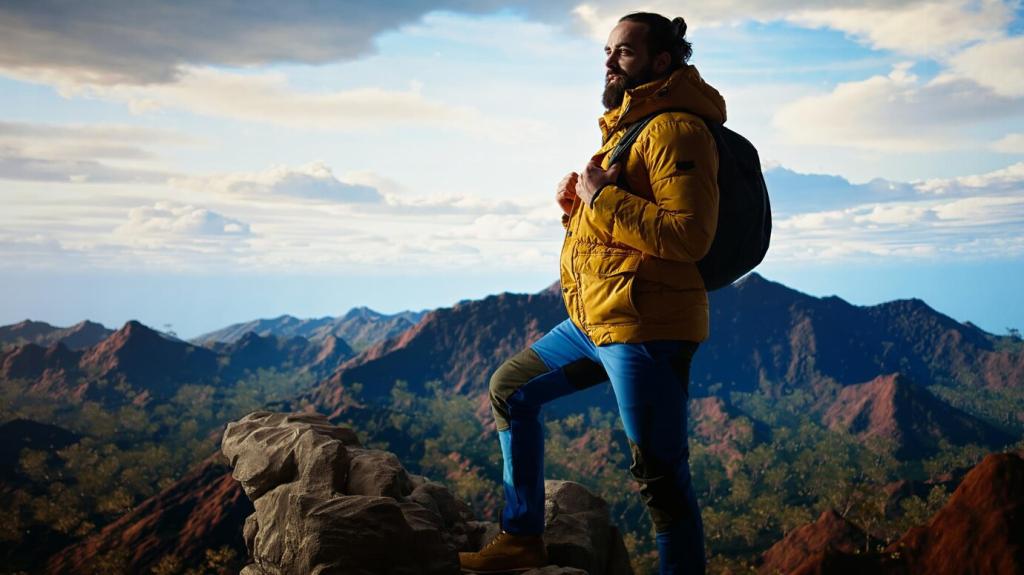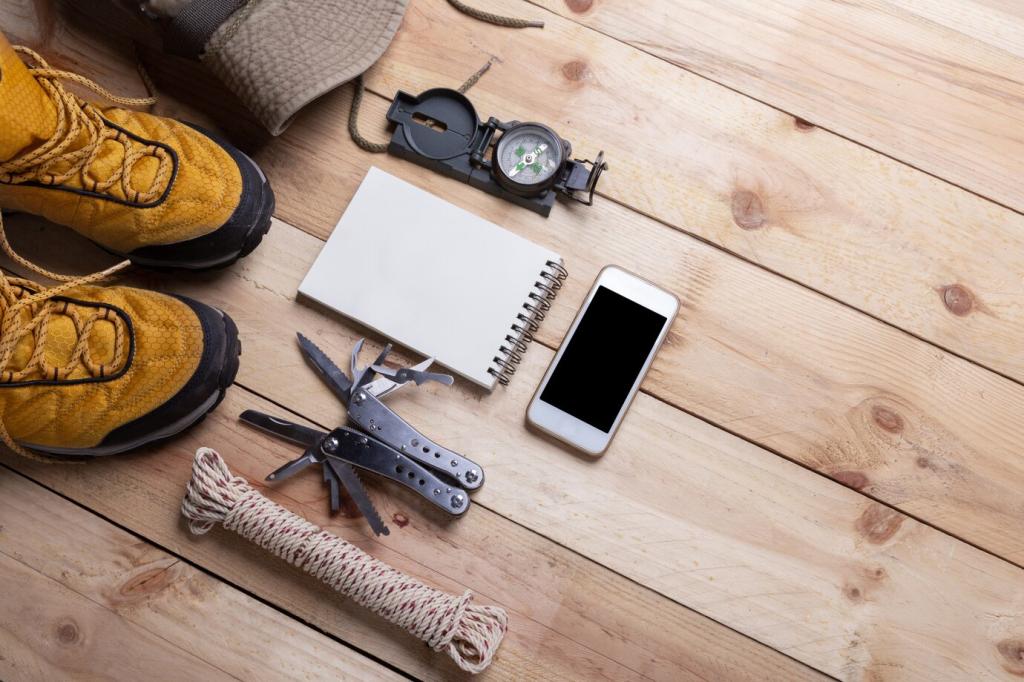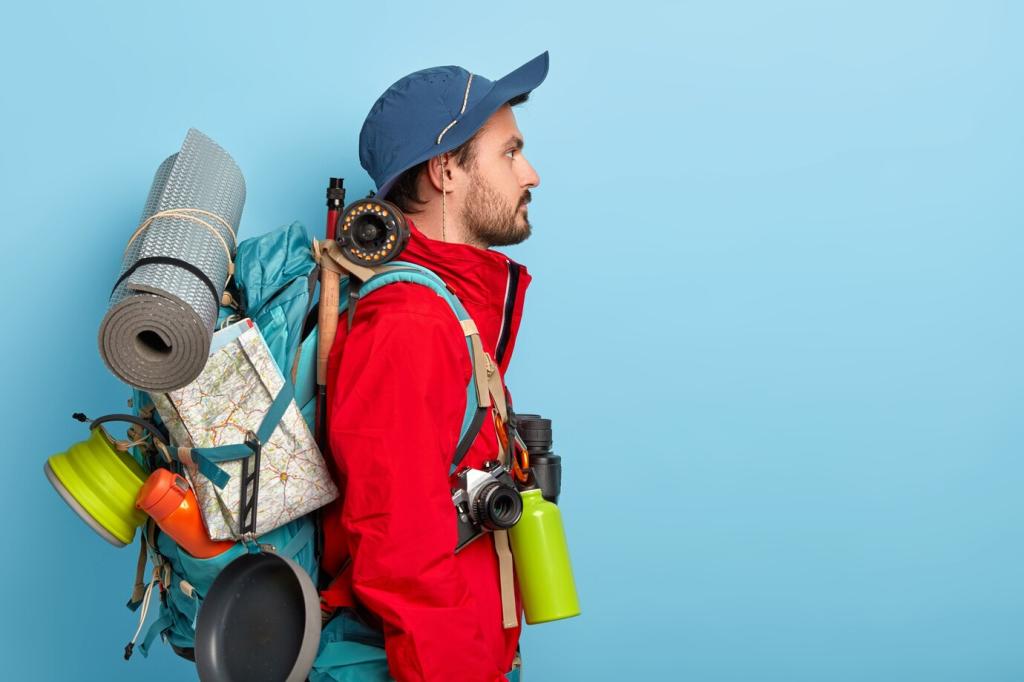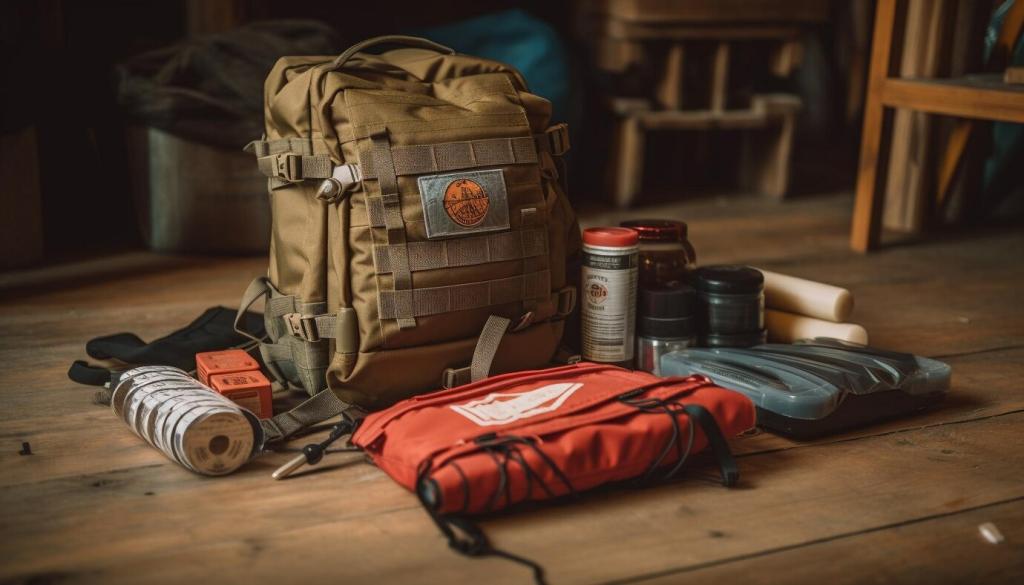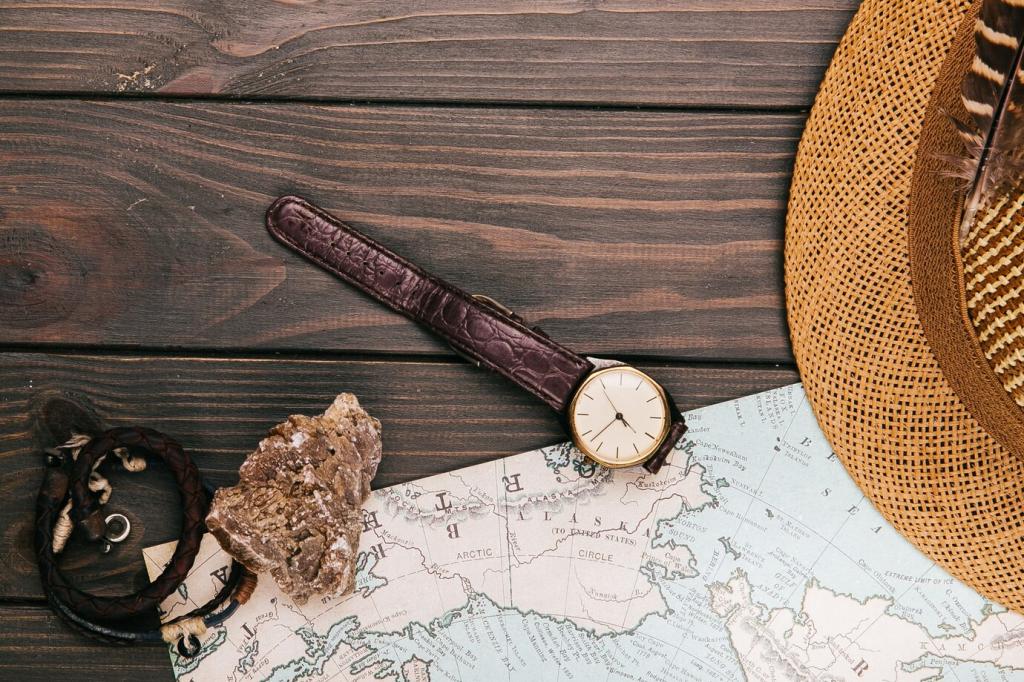Traction and Stability on Mixed Terrain
When trails glaze over, microspikes add bite without the heft of full crampons. Ensure a snug fit and compatible sole shape. For steeper winter routes, stiffer boots improve edging on firm snow. Tell us which traction devices have kept you upright when temperatures plunged unexpectedly.
Traction and Stability on Mixed Terrain
Aggressive lugs improve mud evacuation, while sticky rubber grips slabby granite. A flexible forefoot helps conform to roots, but moderate torsional stiffness steadies you on scree. Test your shoes on mixed surfaces before committing to big mileage, and share your favorite multi-surface outsole patterns.
Traction and Stability on Mixed Terrain
Overbuilt support can dull trail feedback, while minimalist shoes demand strong feet and careful footing. Aim for a balance fitting your strength and pack weight. Trekking poles complement footwear stability, especially on shoulder-season mush. What balance works for your stride across the year?

